| Structure | Name/CAS No. | Articles |
|---|---|---|
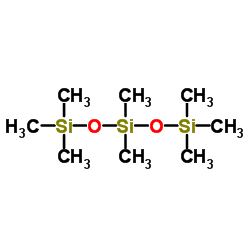 |
Octamethyltrisiloxane
CAS:107-51-7 |
|
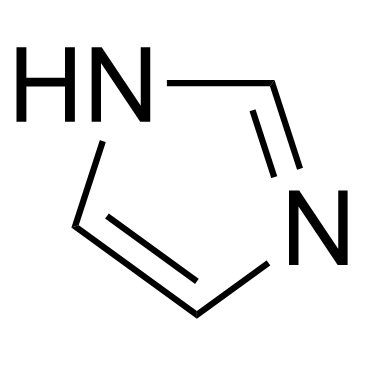 |
Imidazole
CAS:288-32-4 |
|
 |
Hexamethyldisiloxane
CAS:107-46-0 |
|
 |
sodium
CAS:7440-23-5 |
|
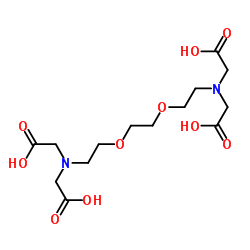 |
EGTA
CAS:67-42-5 |
|
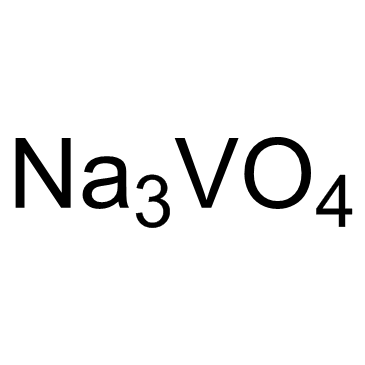 |
Sodium orthovanadate
CAS:13721-39-6 |
|
 |
DL-Glyceraldehyde 3-phosphate
CAS:591-59-3 |
|
 |
Sodium molybdate
CAS:7631-95-0 |
|
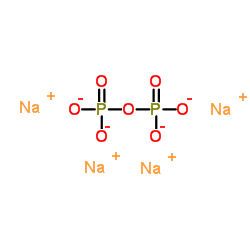 |
Tetrasodium pyrophosphate
CAS:7722-88-5 |